3D v
Or, instead, ask an architect from the 1970s how much they’d love to be able to see their final product in place so they could sell it to a potential client. In our fast-paced and evolving world, 3D visualization technology is paving the way for some incredible breakthroughs. It is shaping the way business is done.
Do a quick Google search for 3D v
Naturally, it would be pervasive in fields like architectural design sevices or engineering. But the dynamic expansion this creative technology has offered to other areas is in many ways shaping their future growth. People are using 3D software in design, agriculture, historical preservation, marketing, and even in careers like auto repair and mining.
Beyond merely viewing your design, 3D visualization and 3D modeling design can change the way business is done, products are made, and ideas are tested. There is practically no limit to the usefulness of this technology, and it is rapidly improving.
Let’s look into 7 useful innovations that have been developed and used in 3D v
Virtual Reality
Perhaps one of the most enticing and fanciful uses of 3D visualization technology is virtual reality. Virtual reality is much more than a form of escapism – it brings design, construction, whatever you are working on, to life.
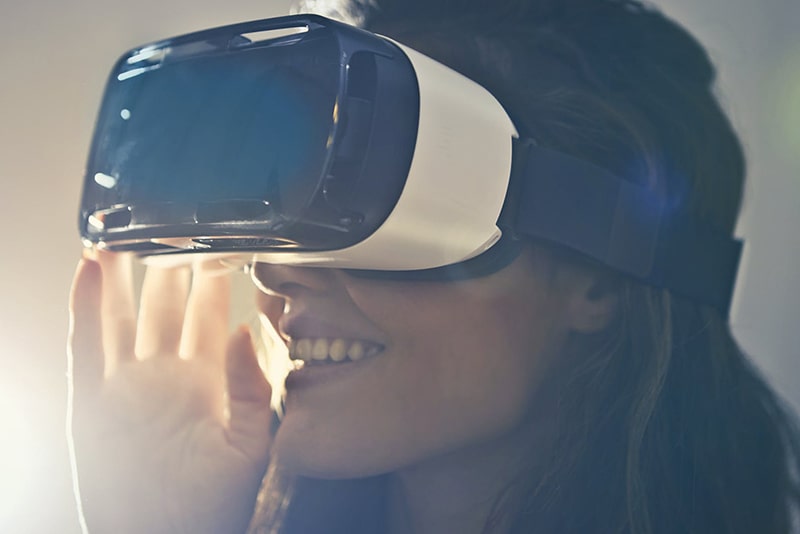
The days of simply looking at stick and line drawings to imagine what your new house will look like are gone. In the past, if you wanted a more detailed look, you’d have to commission Van Gogh himself (or Picasso, depending on the style of house you want, which is what happened in the 1970s, I’m sure) to create a sketch of it.
Now, before you even decide on what house you want to build, or what apartment you want to rent, you have interactive 3D designs that are so real you can practically touch and feel the room you’re in. You can even place replicas of your own furniture into the room to see how your layout would look decorated in your style.
Virtual reality stretches far beyond just design and architecture. Video game design is more and more immersive. Decades ago, Space Invaders was a revolutionary breakthrough, and you were allotted roughly 6 pixels to play with.
Now, we have the immersive gaming experiences where you can see action on every side. You can move your actual, physical hands to pick up interactive items in the game. You can even play by moving your body.
I remember when all the kids were encouraged to put down the video games and get outside so we could get some exercise. Now?
Well, most kids are probably getting better exercise in their living room with a mask over their face than they are running in the backyard. In fact, some games are designed just to do that. I’m looking at you, Wii Sports.
I come from the world of textiles, and was initially skeptical of the usefulness of virtual reality in a company that sells awnings and rugs. Now, however, we have an artificial reality design forum, where you can see and experience the patterns and products practically in real life from the comfort of your computer.
3D visualization has created a digital world at our fingertips. And it is as experiential and nearly as kinetic as physical reality, and that just makes it easier and easier to see and experience things you never would have.
3D Printing
Perhaps my favorite aspect of 3D visualization is the prospect of 3D printing design or rapid prototyping. I’m still working to convince my wife to let me buy a tabletop 3D printer for our house, but it’s an uphill battle.
I’m sure if she realized how many bowls I could print to replace the ones I have broken, she’d be more enticed. 3D printing is the inverse of virtual reality rendering.
Almost instantly, you can take an idea and have a physical product for it. That is the kind of groundbreaking innovation that shakes up industries. Now there are entire companies who are rebranding themselves solely around 3D printing, rapid prototyping, and small batch manufacturing.
It may seem like 3D printing has found its niche in that realm, and believe me, it is extremely useful where it is. When you need to quickly and precisely manufacture one prototype, either to run preliminary tests for proof of concept or to take to a customer or trade show to flaunt, 3D printing is perfect.
You can have a complete product to show off in a matter of hours, as opposed to potential weeks or even months before its inception. Its applications, however, are much broader in scope. Large machine companies, manufacturers, or really anyone that uses delicate parts benefit from the rapid turnaround a 3D printer offers.
Your vintage Gutenberg printing press breaks down in the middle of publishing your handmade technology magazine. So, you need to replace a specialty gear to make it work again.
The supplier says it will take them several days to make one up. Then, they’ll need another seven to ten days to ship it out to you. But your deadline is tomorrow.
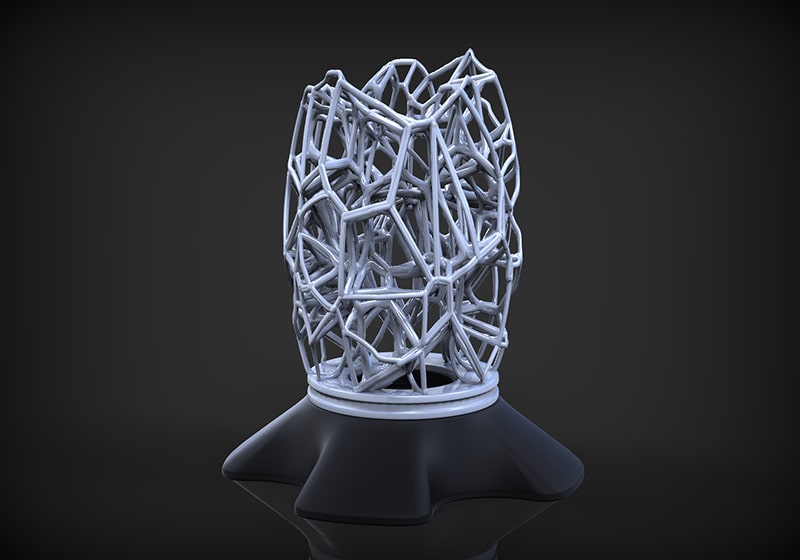
A 3D printer presents the opportunity to immediately create the replacement part, typically as a temporary measure. However, it can be a permanent solution in some cases. As a result, it will help you ride out the storm until you can have the machine serviced, all you need to do is fire up SolidWorks or Google Sketchup and you can be up and running in no time.
Consider another scenario – you have limited space, time, or resources, and you need certain materials, but you can only bring one item. Why not bring a 3D printer so that when you arrive at your destination, you can print the materials you need?
This is exactly what’s being done with the International Space Station. Specialty tools or items are designed and printed on board so they don’t take up extra space. When they’re not needed, they get chopped up and placed back in the printer to reuse as something else. Recycling at its finest!
Real-Time Rendering
This nascent area of technology is present in video games and is trickling through into other areas of technology. However, its progress is
Real-time 3D rendering is what allows you to walk through an ever-changing landscape on Pluto in a video game, and it is transitioning to become the thing that allows you to take a virtual elevator up to the penthouse suite of a 300-story skyscraper that has yet to be built to see the Manhattan skyline.
It is relatively simple to design a standstill virtual reality creation, like a floor plan for a house, or a 3D model of a product for manufacturing. It is a completely different level of design to create a masterpiece that unfolds before you, dynamically changing, as you step through it.
This aspect of the current state of 3D visualization technology is what has set it over the edge. We’ve been able to create a static virtual world to explore and see, but now we are coming to the point of creating a manipulatable, experiential world that changes with every step you take and every turn of your head.
Real-time 3D rendering is not only useful in the exploration of a virtual world, but in testing the physical world as well. When you can accurately design and simulate an environment very similar to real life, you can begin to see how something would interact in our real world.
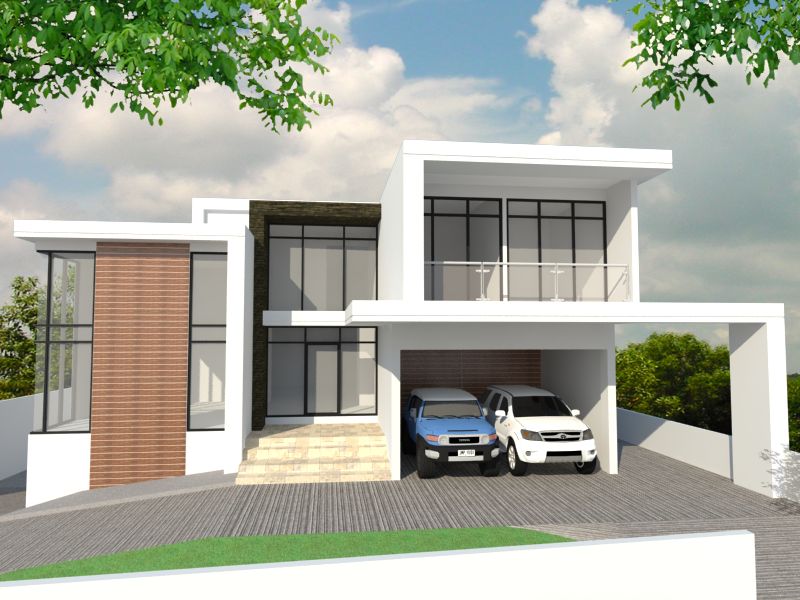
This process is extraordinarily complex and challenging. For many, it takes a lot of skill and a very high budget. But, as it is developed further, the price begins to drop closer to a manageable number, and in the meantime, a skilled designer can approximate an environment and manage several simulations that could perform many of the necessary functions for rendering.
Cloud Computing
Everyone talks about the cloud this, and the cloud that, and it seems that everyone has a cloud now. Google has a cloud, Apple has a cloud, Eeyore had a cloud, but that was a bit different.
The cloud was one of the breakthroughs that made all of this possible. Physical storage is limited. And because of Moore’s Law, we’re rapidly progressing towards the theoretical upper limit of physical storage media. Of course, in 10 years, I’m sure we’ll break Moore’s Law one way or another, but until then, our heads are in the clouds.
The issue with 3D technology is it takes a lot of space. Dynamic, ever-changing virtual reality simulations are big files and intricately precise schematics of perfectly crafted megastructures do not fit so well onto a USB drive. That’s where the cloud comes in.
By allowing all of this reality to be sliced up, broken into pieces, and placed around the world, you can store it much better. I can easily store the complex details of my megastructure in a massive bank of computers in Mozambique, and as long as I can access it as quickly as I want, I’m perfectly content.
The development of cloud-based infrastructure has allowed for rapid storage and retrieval of large quantities of data, and without it, this technology would take up massive amounts of time and space.
Cloud computing is not limited to 3D technology, and most companies have some virtual data sharing in place to improve their storage infrastructure, but it has accelerated the rate and amount of information a company can utilize, and information is power.
When you can cultivate that information into a visual reality, such as the 3D topographical map displaying the plan for renewable energy output in Hawaii in 2045, seen here, you can not only use it as a powerful demonstration tool, but as a guide for planning, redesigning, and much more.
The team uses the massive amounts of data available to them, which is now pervasive in our world, to create a model that will impact the state’s energy usage and clean energy initiatives for the foreseeable future.
This data, because of Cloud Computing, is now available to you, as well as everyone around you, including clients and competitors. It allows you to reach out, compile it, and create something truly useful with it.
It offers the same possibility
3D Data Capture/Mapping
All of this is fun and exciting, but it’s utterly useless if it’s inaccurate. If you’re designing a building for a virtual reality tour and you have a 12-foot-high countertop displayed, it’s probably going to be a bit off-putting to your standard human – although it may be a great selling point for Goliath.
3D scanners and mapping technology put
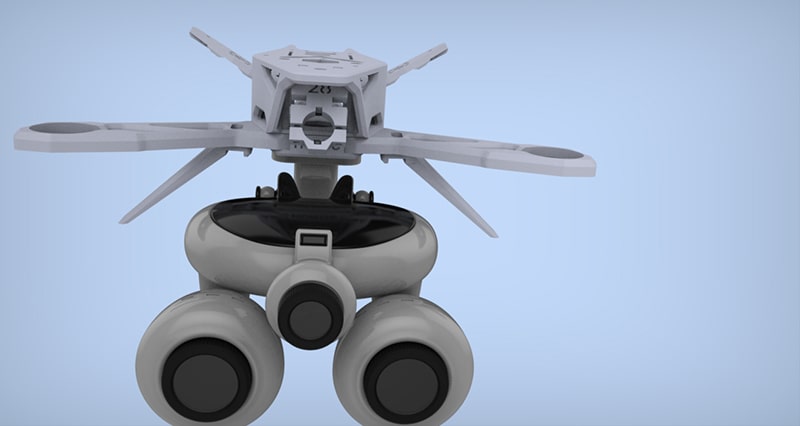
3D image mapping is not a difficult task anymore. There are 3D scanners and other tools to accurately map a real-life entity and incorporate it into a virtual scene. What becomes more difficult is planning the motion. However, it is possible, look at blockbuster films with characters like The Hulk. 3D data capturing has allowed freelance 3D rendering designers to begin to mesh with the physical reality.
Companies have begun using more accurate 3D mapping for a variety of purposes, many of which impact our lives more than we realize. Department stores and clothing chains are developing 3D imaging to use your exact body measurements to tailor clothing to your shape or to allow you to visualize yourself in an outfit.
Imagine a capability like that with a product you produce – perhaps adapting hand tools to a specific grip to improve worksite safety or designing tire tread to specifically complement the terrain it is intended for. 3D mapping enables you to incorporate real items into the virtual environment and perfect their interaction however you choose.
3D Modeling and Testing
Now that you’ve got a virtual world or a product that you can move and bend without actually building, what do you do with it?
It’s nice to look at, I’m sure, and a great marketing tool. You can certainly use it to plan for things, like with the design of a house, but is there anything else?
Yes, there is, because 3D visualization doesn’t just create a landscape or a product, it creates a virtual world with whatever properties you want it to have.
Now, you can model this product or design and put it through whatever rigorous test you want. You can see how heat will transfer through a device or air will flow through a building. You can create a virtual prototype and then put it under theoretical stress to see what it takes to break it, and where it would likely fail.
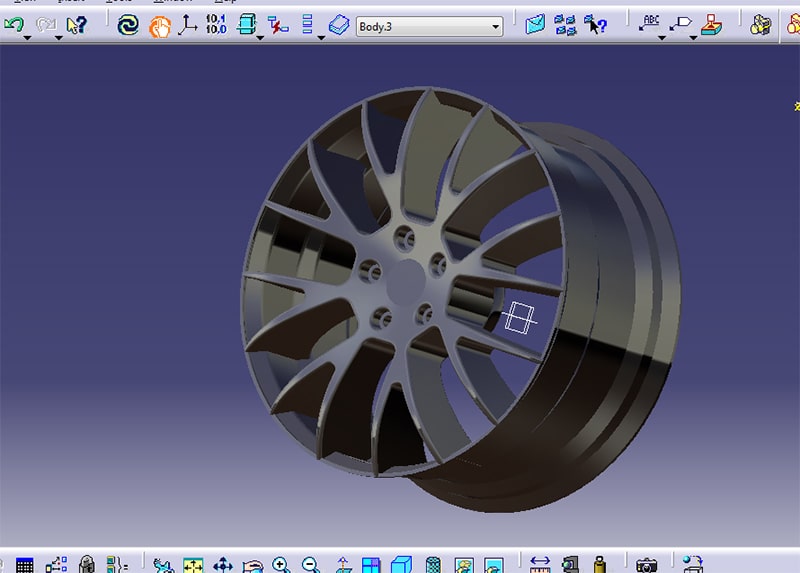
This technology is already hard at work. Ford is using supercomputers to model the aerodynamic flow around its 2020 Shelby prototype. These kinds of tests are typically replicated in a wind tunnel to verify their accuracy. Nonetheless, they can generate hundreds of thousands of scenarios and create data that would be otherwise impossible to demonstrate.
This test modeling is also useful in situations where you can’t replicate the test, or don’t want to. Bridge designs are subject to failure tests with high winds or hurricanes, so we don’t get a repeat of the Tacoma Narrows incident. Volcanoes are mapped out, and you can predict typical lava flow scenarios to plan evacuation routes or city plans around them. You can do the same for areas prone to mudslides or rock slides.
Even more practical is crash modeling for vehicles so they can design crumple points that allow the car to collapse while keeping passengers safe inside. Everything else about 3D visualization is cool and fun, but the 3D modeling and testing – that can save lives and improve quality.
At its base level, 3D modeling and testing
The Future
Some of the most significant advances in 3D visualization have yet to come. And in many cases, we’re not sure what they will be. Some aspects are under development, and we can predict.
Quantum computing will change the game as we know it by allowing us to scale down the size of our storage and speed up our processing exponentially – which would allow even more incredible and dynamic designs to be created, and to be rendered in real time.
Crowdsourced 3D modeling can create collaborative designs and enable people to interact and shape a product or a virtual world. Real world simulation is being developed that will allow a virtual product to hypothetically interact with the physical world around it to see how it will affect things and how everything nearby will be impacted. In other situations, we have no idea what the future will hold.
Haptic sensing tool may allow us to soon see and feel the products and environments that have been designed around us. The blockchain may find itself incorporated into the virtual world and allow us to securely trace product designs. The fact of the matter is, 3D visualization is an incredibly powerful tool, and it will only get more dynamic and impressive.
The world around us is more malleable than ever in a virtual environment, and products, landscapes, and events can be created and manipulated to allow us to visualize and test how anything would look and act in our real world.
Software this dynamic and powerful is an asset to any company or individual. You can create your own designs and prototypes, and companies from any industry can get ahead of the curve by creating and modeling their products and services.
In Conclusion
Cad Crowd offers you everything you need to get started from ground zero. You can safely and confidentially hire vetted engineers and designers with every imaginable skillset related to 3D design and visualization.
Your intellectual property is protected and your confidentiality is sealed. Most importantly, you will be guaranteed to work with high quality, industry professionals who can make your dream a reality. There is no shortage of opportunity with this technology, and with a tool like Cad Crowd, you can take advantage of the benefits 3D visualization offers.
Whether you’re looking for a simple conversion for safekeeping, such as transferring paper or PDF files to AutoCAD, or you want to begin a full-scale design of a groundbreaking new product and need help 3D modeling your invention, Cad Crowd is here to help.
You can search for freelance industry professionals who have knowledge of any software you need – drafting AutoCAD services, Google Sketchup, Solidworks, Vatia, Revit, Pro-E, etc., or you can look more generally for product designers, industrial drafters, architectural engineers, or merely 3D modeling near you, and it will be at your fingertips.
Best of all, the work is vetted, the people are skilled, and the designs are yours. So, you can be certain that you are receiving quality work and that you will own intellectual property that can drastically impact your life or business.
In the fast-paced, ever-changing world today, there is no reason to keep yourself tied to the physical when 3D modeling can create everything you need to see to make something a reality.
A well-trained 3D modeling expert can make your life easier by guiding you into the world of design and creating and testing your products or services for you. Cad Crowd will help you get a jump start on your plans, and make your ideas reality. Check out how it works or request a quote.
